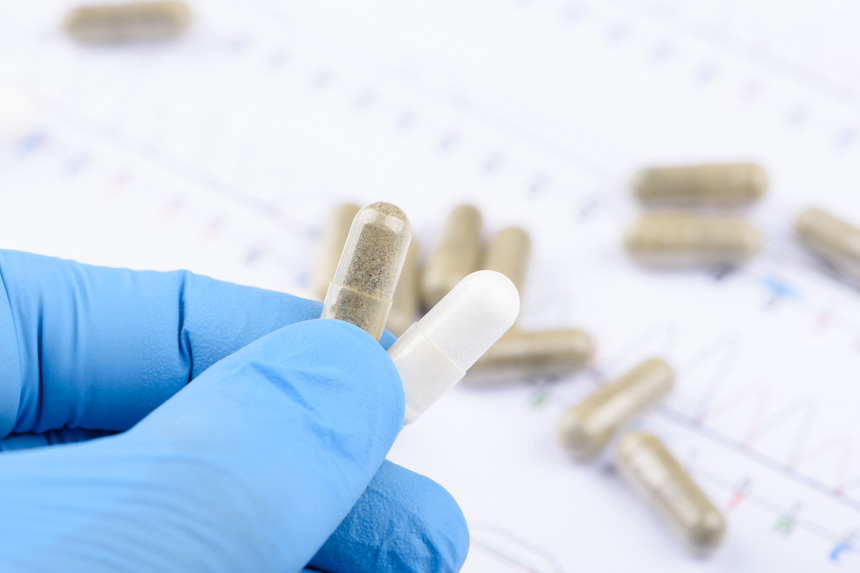Developing products that enhance and save lives is a worthwhile mission and a critical component of our healthcare ecosystem. But developing a safe and effective product is a long, arduous and expensive process.
Life sciences companies can spend up to $2 billion on development and still fail to bring their drug or device to market.
And progress is measured in years, not hours or days. Biopharma developers can expect an average of 12 years from initial concept to approval by the Food and Drug Administration (FDA). Medical device manufacturers could face anywhere from three to seven years from concept to approval.
Much of the development process is dedicated to three phases of FDA-required clinical trials. In this series, we’ll explore each phase, identify some obstacles life sciences companies should anticipate, and discuss how healthcare commercial intelligence can help you overcome these barriers as you prepare your product for FDA review.
Common challenges during Phase 1 clinical trials
Phase 1 clinical trials examine how a proposed treatment interacts with the human body. These trials usually feature no more than 100 volunteers, but fewer participants don’t necessarily mean fewer problems.
In both the biopharma and medical device industries, clinical trial recruitment and retention can present considerable challenges throughout Phase 1.
From the start of patient recruitment to the end of the study, Phase 1 can last from several months to two years. The FDA reports that about 70% of drugs make it to Phase 2.
To ensure that your drug is one of the ones that makes it across the 70% threshold, you need to leverage the insights and expertise of key opinion leaders (KOLs). But how do you find the right providers and institutions who understand your area of research, particularly if you’re recruiting patients with complex eligibility criteria?
Could an industry expert be your new patient engagement solution?
Opinion leaders aren’t one-size-fits-all. They have overlapping areas of expertise and relevance. They may understand the unique motivations and interests of particular patient populations, or they may not. The challenge is to quickly find—and confidently engage—the thought leaders who can provide strategic advice that addresses your needs.
Some of the insights the “right” KOLs could offer include:
- Which patients are best suited to your trial? Who is most likely to drive farther to a trial site, engage with researchers more intimately, or participate in unpaid trials?
- Where are the ideal trial sites? Are there locations that are geographically near to eligible patients but far enough from other trial sites to avoid recruitment competition? Do they have a reputation for efficient performance, patient retention and experience with your targeted condition or disease state?
- Which researchers and recruitment teams offer patient follow-up services to maximize patient retention?
Additionally, these experts can provide real-time feedback throughout the clinical trial process, helping to guide the development of future clinical programs.
No matter what drug or device your company is developing, it’s crucial that you approach market assessment, pre-clinical research and all three phases of clinical trials with as much information on-hand as possible. The right healthcare commercial intelligence and claims analytics can help you bring your product to market without delay and position it with the providers and patients who need it most.
How to improve clinical trial recruitment and retention in Phase 1
The small size of phase 1 trials means that every participant’s commitment and compliance make an impact on the validity or “success” of each study.
About 80% of all clinical trials report delays due to issues with recruitment and patient retention. In the world of life sciences development, a delay of just a few months can determine whether a product is the first of its kind to reach market, so it’s crucial that companies know which problems to anticipate and how to respond.
These are just a few barriers that can hinder researchers’ clinical trial recruitment strategies:
- Lack of access to reliable, up-to-date patient databases
- Poor research site performance
- Referred patients aren’t qualified for the study
- Patients are unresponsive following initial contact
- Research sites are too far from potential patients
- Outreach efforts fail to find interested participants
Luckily, many of these barriers can be overcome or avoided by leveraging the right healthcare commercial intelligence during premarket research.
For instance, sending out an open call for volunteers may attract individuals driven by altruistic motives and a desire to contribute to medical research—but if trial eligibility rests on lab values or other complex factors, many volunteers will be rejected during initial screenings simply for failing to recognize their own disqualifying criteria.
If you simply know where to look, the healthcare industry is full of experts who can connect your research team with eligible patients.
An overview of FDA clinical trials
The FDA requires biopharma companies and manufacturers of Class 3 (and certain Class 2) medical devices to perform a series of clinical trials on human volunteers.
These trials vary in size (number of participants) and duration. Each is designed to determine some combination of safety, dosage/performance, efficacy and adverse effects.
To obtain FDA premarket approval (PMA) for a Class 3 medical device, manufacturers must undergo a small pilot study followed by a larger pivotal study. After approval, long-term data is gathered as part of FDA post-market safety monitoring.
Likewise, biopharma companies must conduct several phases of clinical trials over the course of a drug’s development. Phases 1, 2 and 3 are performed on patient cohorts of increasing size prior to FDA review. Phase 4 studies the long-term effects of a treatment after it’s approved and brought to market.
Phase 1 trials usually involve 20-100 human volunteers, who may be healthy or have the disease/condition targeted by the drug under investigation.
Experience healthcare commercial intelligence firsthand
We’ll continue this series next week by digging into Phase 2 clinical trials and examining the value of data throughout the development process.
Want to get hands-on with data solutions that can drive your pre-commercialization decisions?
Sign up for a free trial today to discover the potential of healthcare commercial intelligence powered by expert profiles and medical claims data.




